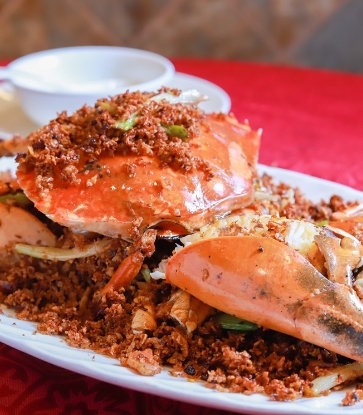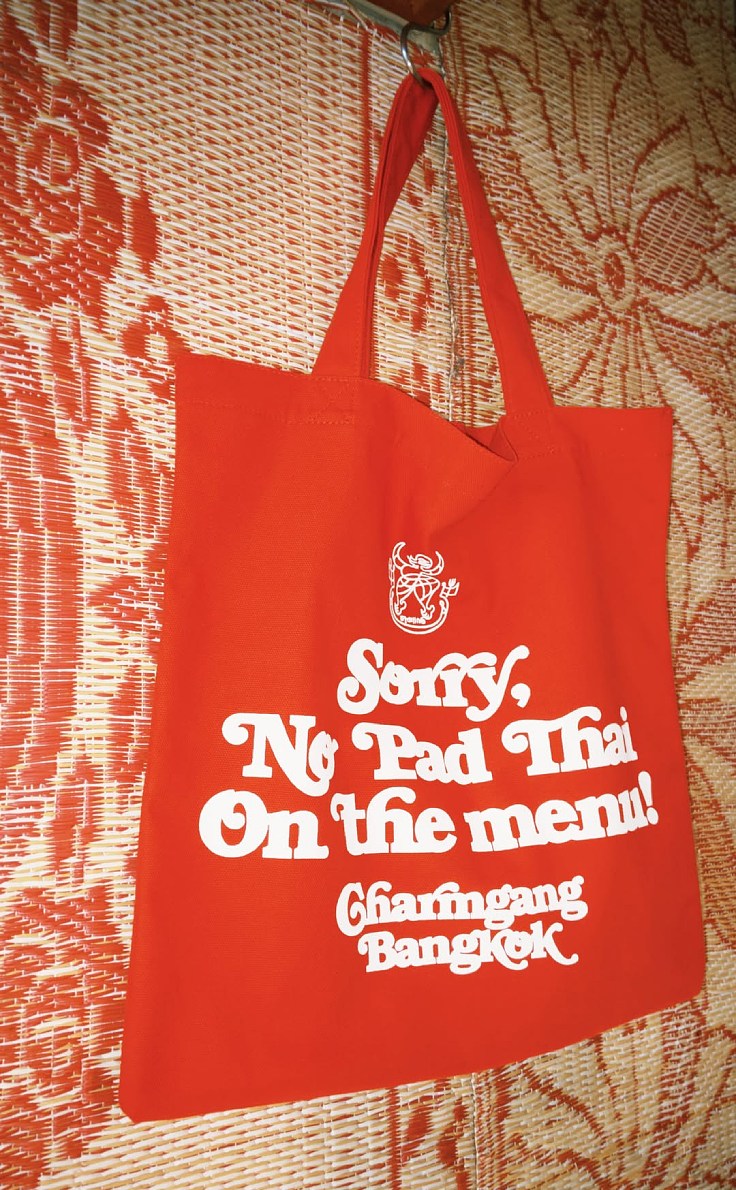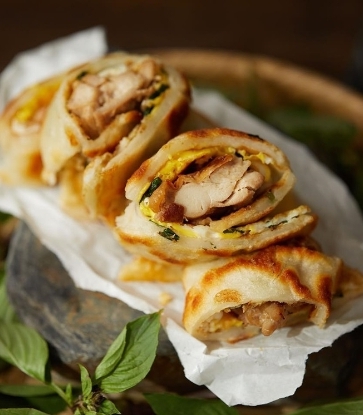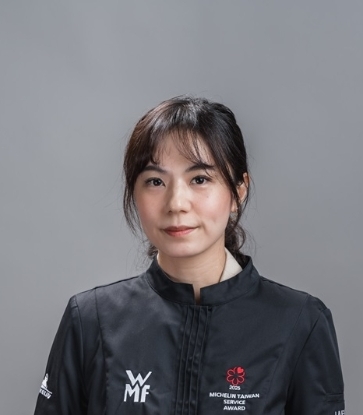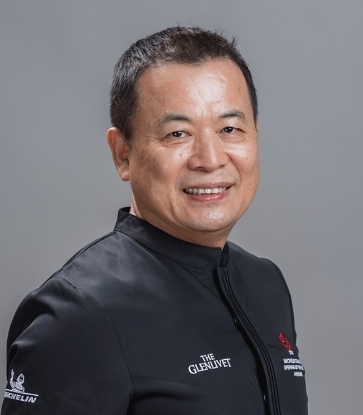When sampling the delicacies of Taiwan, one must not miss the grand banquet experience that has been passed down from generations past. Among the restaurants awarded the Bib Gourmand distinction in Tainan this year, three specialize in Taiwanese banquet cuisine.

A traditional catering banquet, locally known as ban-do, is always thrown by a host to mark an occasion. Sumptuous banquets, often held outdoors, are laid out at weddings, funerals and temple fairs to entertain guests.
"Because the host might not necessarily be a culinary professional, in ancient times, neighbors were often enlisted to help with cooking and even contributing dishes and utensils. Later on, hiring cooks and caterers became more common,” says Chou Jung-tang, chef-owner of Tainan-based Bib Gourmand establishment Zhu Xin Ju. After graduating from high school, Chou learned the ropes from his uncle who was then a catering (ban-do) chef. Eight years ago, he found a historical mansion dating back to the Qing Dynasty and opened Zhu Xin Ju. Here, guests were invited to immerse themselves in Taiwanese banquet culture over the course of seven dishes and one soup.
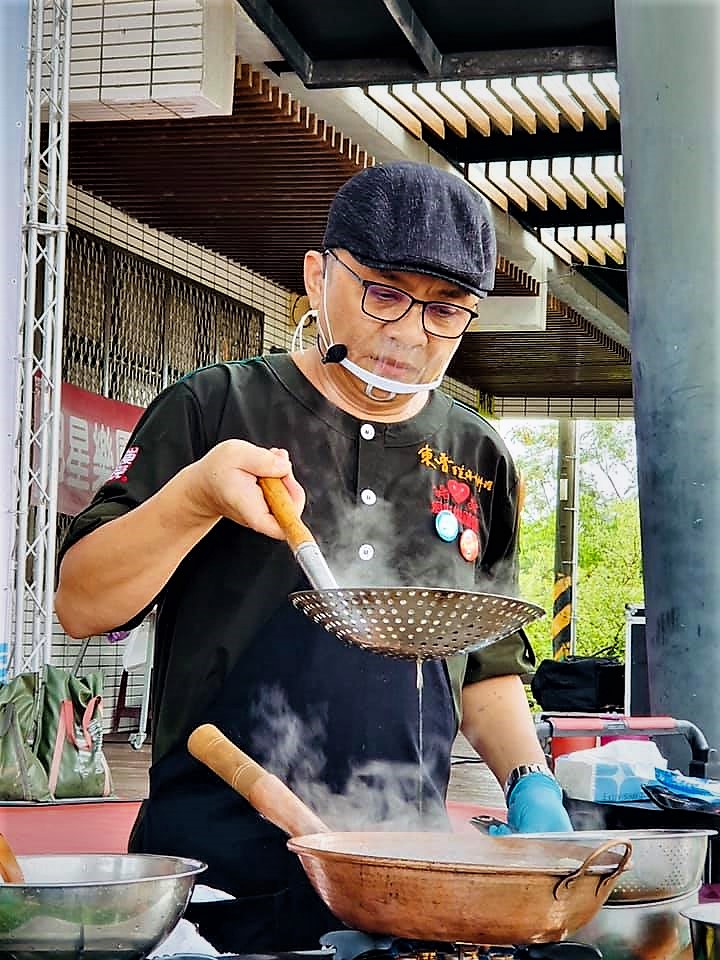
Another Bib Gourmand banquet restaurant, Dong Shang Taiwanese Seafood, is helmed by head chef Tsai Juei-chen (pictured left by Dong Shang Taiwanese Seafood), a stalwart catering (ban-do) chef with three decades of experience.
Tsai followed in his father’s footsteps, having been exposed to the ins and outs of banquet preparation since he was a child. He likens the job to the more contemporary concept of a private chef who cooks at a client’s home. “I have memories from my kindergarten and elementary school days where my parents would ride their motorcycles to prepare banquets and I would tag along to help cut things and so on,” he reminisces with a smile. These days, Dong Shang is a draw for foreign visitors. Tsai shares how a Japanese education delegation made a special trip via high-speed rail from Taichung just to dine at his restaurant before returning north, while a visiting pharmaceutical company from abroad booked 40 tables as soon as they landed for a banquet that was completely cooked off-site.
RELATED: What the inspectors say about Dong Shang Taiwanese Seafood
Tsai Hsiu-shan, chef of 60-year-old Bib Gourmand establishment Amei likens the role of the lead chef in a banquet to a commander of an army, ensuring that every role is performed in sync and the dishes are served perfectly. "If every dish can convey the generosity of the host and make the guest feel welcome in his home, then both the host and guest will feel satisfied," he says. Amei specializes in serving classic Taiwanese banquet dishes, a marriage of traditional recipes dating back a century and exquisite restaurant-worthy dishes.

Banquet traditions and the order of dishes
Traditional ban-do and banquet dishes require a certain amount of knowledge and attention to detail. In ban-do, the first dish is usually a cold appetizer plate, which symbolizes reunion and also shows off the chef’s knife and plating skills. “When I was just starting out, I would serve preserved eggs, cut with a cotton thread into 6 or 8 wedges, sausages, cashew nuts, braised mushrooms, pork liver and jellyfish,” explains Dong Shang' Taiwanese Seafood's chef Tsai. “Now, the cold plate has evolved to include fried, grilled and stewed dishes. There are even plates we call Five-Color Platters that pay special attention to the taste and colors of the individual components.” The dishes chosen are highly symbolic. For example, a "rucuo" banquet celebrating the move into a new home would be remiss without chicken, a homonym for an auspicious start.
The second dish is often shark fin soup, and while the term yu ci tang is still commonly used, the soup these days does not necessarily feature shark fin but other delicacies like fish skin, fried shrimp, fried rinds, fish maw or crispy fish slices instead, its depth of flavors relying on the chef’s seasoning skills and ability to balance savory and sour. Next comes the fish dish. Dong Shang’s chef Tsai Juei-chen explains that while this order of dishes is more common in the south, fish often appears nearer the end of the menu in northern Taiwan. In the past, the cooking method of choice included braising fish in soy sauce, steaming it, serving it with sweet and sour sauce or traditional wu liu-style. Now, fish is often cooked with more contemporary techniques such as steaming with indigenous pickled cordia tree seeds, grilling or smoking. Sea bass or farmed grouper are commonly served in coastal regions. In the past, milkfish might be served as an offering to the gods. The dishes on the banquet table are often a reflection of local produce and culture, according to Tsai from Dong Shang.
RELATED: 6 Ways to Cook Whole Fish
Next, a shuangpin will be served, usually a combination of two meats, followed by a fried dish and fruit for a palate cleanser during the intermission when the bride leaves to change for the tea ceremony. Then come staple foods such as steamed glutinous rice topped with crab or sakura shrimp. The odds and ends of all the ingredients used throughout the banquet come together at the end for a broth called cai wei tang that is distributed to neighbors and those who have lent a helping hand, a final dish rich in warmth and meaning.
RELATED: Restaurants for Rice-based Dishes in Taipei and Taichung
Banquet cuisine highlights
“Good traditional banquet cuisine is magical, it has the power to bring people from all over the world together, it is an emotional catalyst that connects people,” says Amei’s chef Tsai Hsiu-shan.
When visiting these three Big Gourmand establishments in Tainan famed for their banquet cuisine, be sure to try the signature dishes that best represent the chefs’ skills and banquet cuisine culture.

At Dong Shang Taiwanese Seafood, chef Tsai Juei-chen recommends the Nan-jing Roasted Chicken, a labor-intensive dish that takes more than 10 hours to prepare and thus needs to be ordered at least two days in advance. The chicken is chopped and shaped and its head stuffed in before it is fried till crispy in 200°C oil. Mushrooms, chestnuts, garlic, ginger, flat fish and shallots are fried and then mixed with pineapple to make a marinade. The liquid is strained and the chicken marinated in it before it is placed on top of the reserved ingredients and steamed. Finally, the marinade is adjusted with soy sauce, rock sugar, pepper and plum sauce to create a sauce that is drizzled over the chicken to serve.
This dish encapsulates the flavors of local Tainan ingredients such as pineapple and plum sauce, and showcases the craftsmanship of the chef as well as the symbolic tradition of eating chicken for an auspicious start. Chef Tsai adds that in the past, this dish was essential for the cai wei tang served at the end of the meal, its rich flavor a building block for the soup base to which cabbage, pickled vegetables, radish, eggs and fish balls are added.

At Amei, the signature dish is Duck Casserole, made by stewing two and a half catties (about 1.5kg) of Chinese cabbage in pork bone broth and then boiling a whole duck in it for three hours before seasoning with garlic, flat dish and fried shallots.
The dish is prepared at Amei using the time-honored technique of stewing with a cast iron pot in a traditional charcoal oven. "You simply can't get the special aroma and taste with the usual gas stoves,” says the chef.

Zhu Xin Ju’s chef Chou Jung-tang recommends the restaurant’s signature Dong Po pork (braised pork) and milkfish belly, saying that many have described the melt-in-the-mouth braised pork as “pork ice cream”, while the milkfish belly is cut from fresh fish weighing at least two and a half catties (1.5kg). The tender belly meat is cooked together with marinated cucumbers, melding into a rich gravy full of local flavor.






